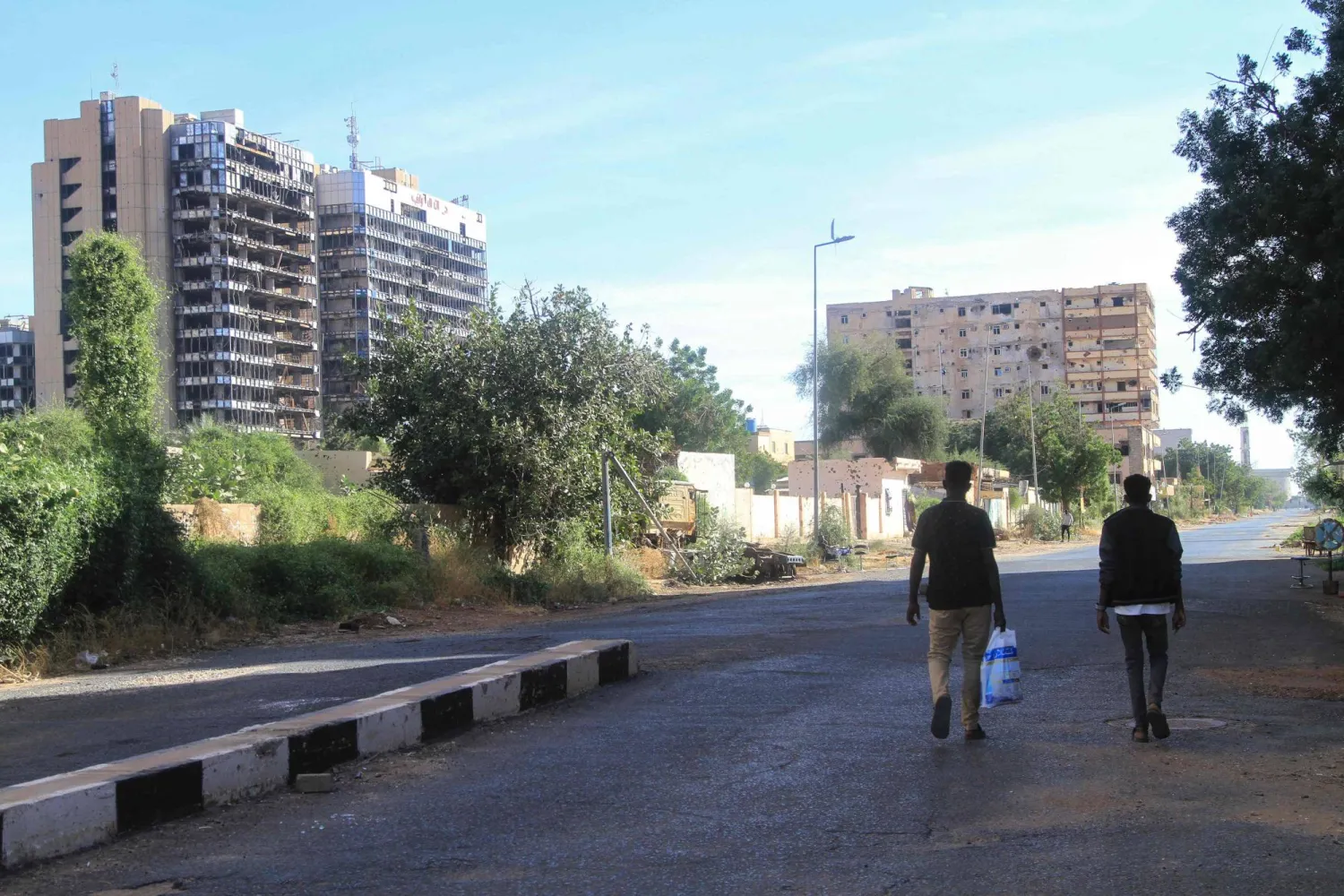A week after her Lebanese employer kicked her out without her luggage, pay or passport, all Ethiopian domestic worker Sofia wants is to go home as Lebanon begins repatriations.
"My madam threw me out. She owes me six-and-a-half months salary," Sofia said, her hair draped in a red scarf.
"I want to go back to Ethiopia," Agence France Presse quoted the mother of two girls, who has not seen them for almost three years.
Lebanon is suffering its worst economic crisis in decades, as well as a coronavirus lockdown.
Some Lebanese families have started paying their home help in the depreciating local currency, while others are now unable to pay them at all, with increasing reports of domestic workers being thrown into the street.
Lebanon is to start repatriation flights from its closed airport on Wednesday, at first for Ethiopians and mostly male migrants from Egypt.
Outside the Ethiopian consulate on Monday, Sofia was among dozens of Ethiopian women and Lebanese employers trying to secure seats on Wednesday's flight.
But Lebanese security forces turned them away at the door, telling them to return in nine days and employers that they would have to pay for the flight.
Among the crowd, Lebanese employer Eva Awad said she could no longer afford to keep her domestic helper.
"We can't find dollars anymore, so she needs to go home," she said, adding that she intended to pay her maid in full.
Nearby, an Ethiopian woman cried next to her suitcase, saying she had not been paid in half a year, had no passport after being thrown out, and had nowhere to sleep.
A member of the security forces said the consulate's shelter was full, at least until the flight out on Wednesday.
After Sofia was thrown out with nothing but the clothes on her back, fellow Ethiopian worker Ala, 29, found her crying in the street and persuaded her own Lebanese employer to take her in.
"There are people who are very good, who pay for your travel and treat you like family," Ala said.
The non-governmental Egna Legna association has also taken in stranded women, according to founder Banchi Yimer.
They will now join freelance domestic workers struggling to survive without work during the pandemic.









